With the development of digital photography the phenomenon of HDRI (High Dynamic Range Image) got more and more popular. What is HDRI? Regular digital camera sensors can’t “see” such a dynamic range like the human eye and computer screens typically show even a smaller dynamic range than what the camera sensor is saving. In simple words the idea of HDRI is to visualize in a picture the high dynamic range the human eye can see. A series of pictures with different exposure values is taken and composed to a new picture with more details in the light and in the dark areas. Read more about HDRI on Wikipedia. Generally I prefer photographs with a natural "out of the camera" style. HDR images very often tend to have an artificial touch. The typical raw-converting and digital image editing I do normally is restricted to simple adjustments like white balance, brightness and minor changes to the graduation curves.
Reading quite often about HDRI I decided to get a little bit deeper into the topic. With some internet research and a special edition of a magazine I tried to understand the theory. And of course I had to use my new knowledge about HDRI for some experiments. Since I couldn’t find the time to create a series of long time exposures as a base for a HDRI experiment, I looked up my stock whether I have some suitable photos in raw format to create a series of different exposures out of them. Although I know that the idea of a real HDRI is to take a series of photographs. I found two pictures I took about one year ago doing actually some experiments with grey (ND) filters. One picture shows the Neckar River in Stuttgart at the blue hour, the other picture shows the castle Rosenstein in Stuttgart by night.

Original picture: Neckar River

Original picture: Castle Rosenstein
With the raw converter I generated for both pictures a row of under and over exposed JPGs. In the case of the river from -2 to +2 aperture values and for the castle from -3 to +2.The JPGs with an aperture value of +3 were quite noisy.
For the creation of the HDR-Images I used no special HDRI-software but my old Photoshop 6.0 – it is copying together the different versions of the pictures, selecting the light areas step by step and add mask layer by layer. This is some manual work but it gives you also a clue what HDRI means in detail and you have good control step by step.
And here comes the result. For the placement in this blog I reduced the size to 900 x 600 pixel, I did a very light sharpening and finally I saved the pictures as JPGs with a compression that results in a picture size about 150 kB.

HDR-Image: Neckar River
 HDR-Image: Castle Rosenstein
HDR-Image: Castle Rosenstein
It is quite impressive how much more details are shown in the light and dark areas especially on the picture of the castle.




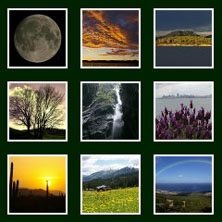
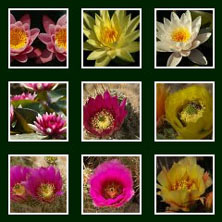
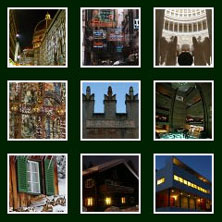
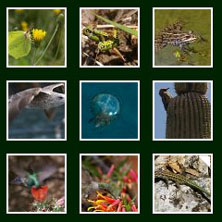
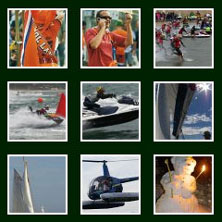







No comments:
Post a Comment